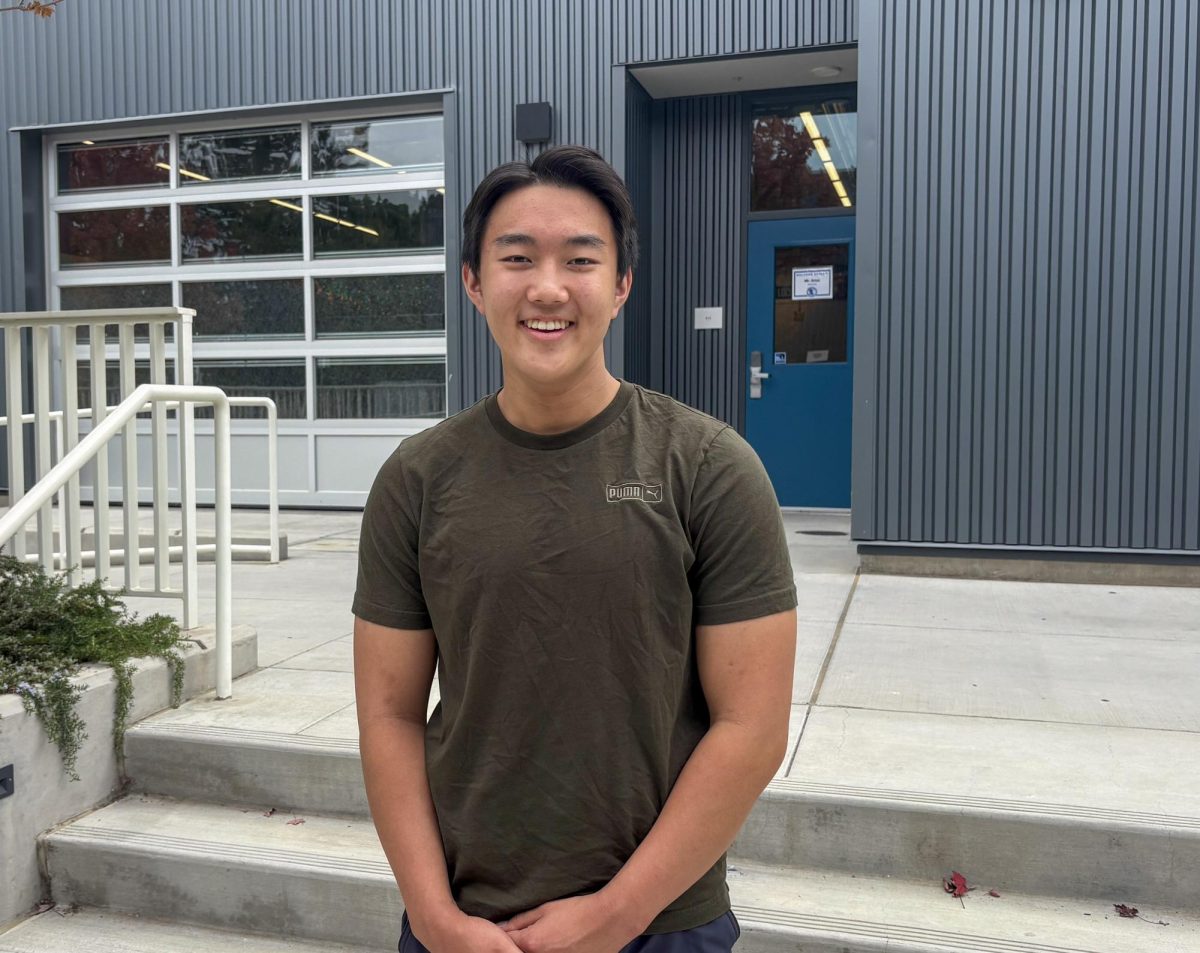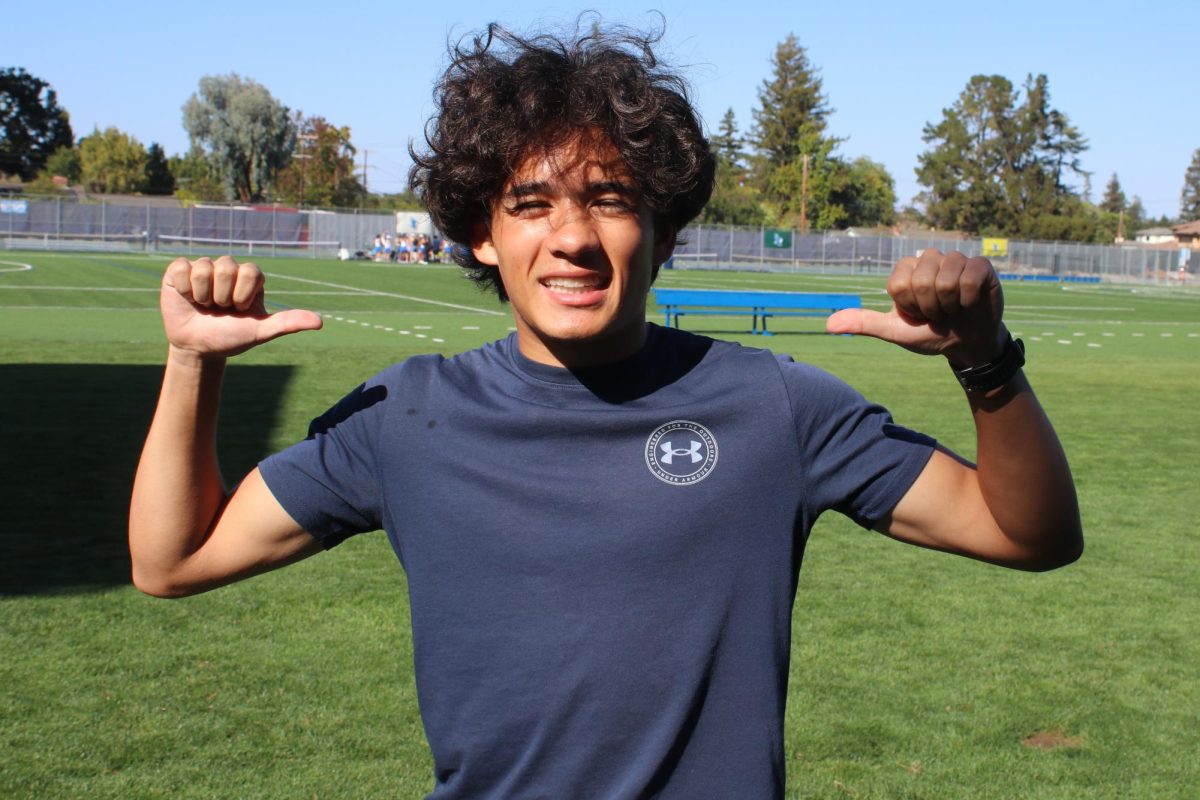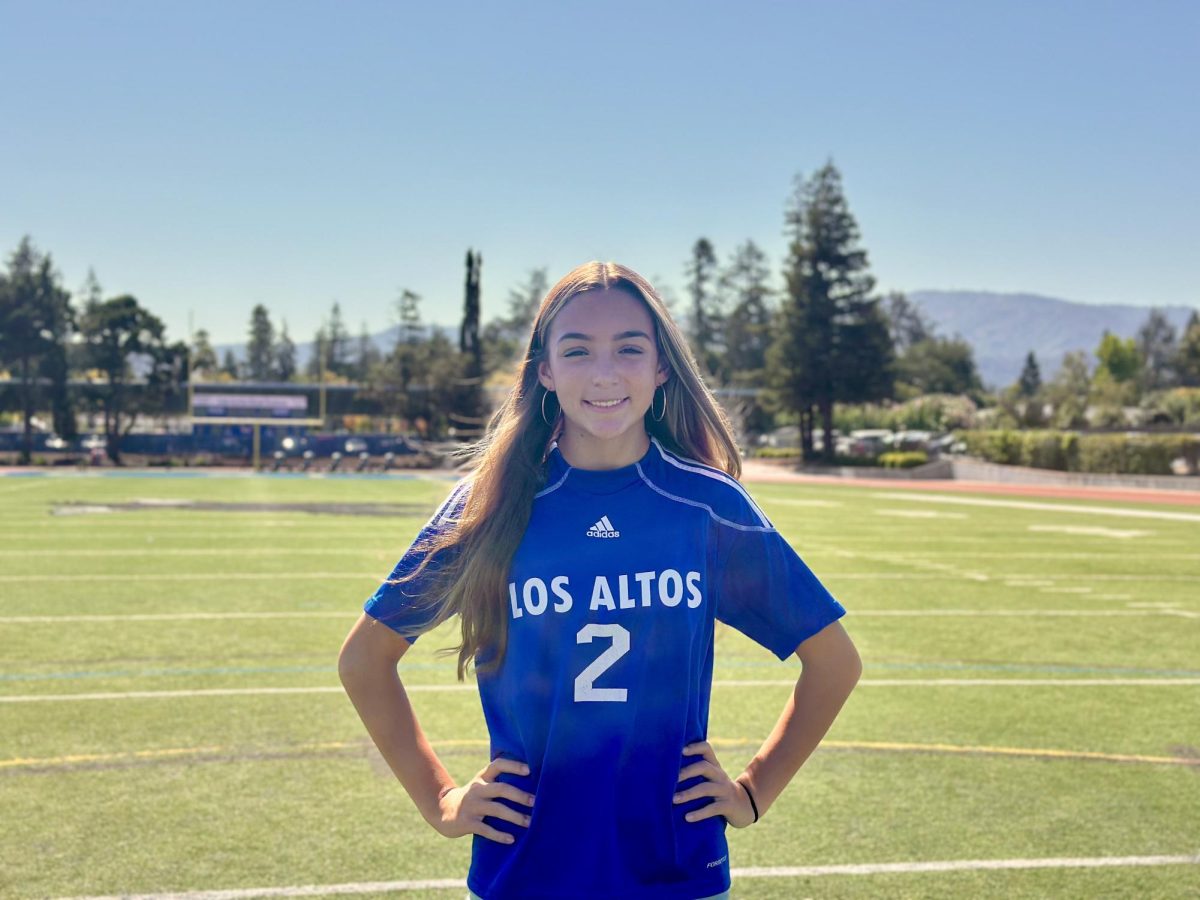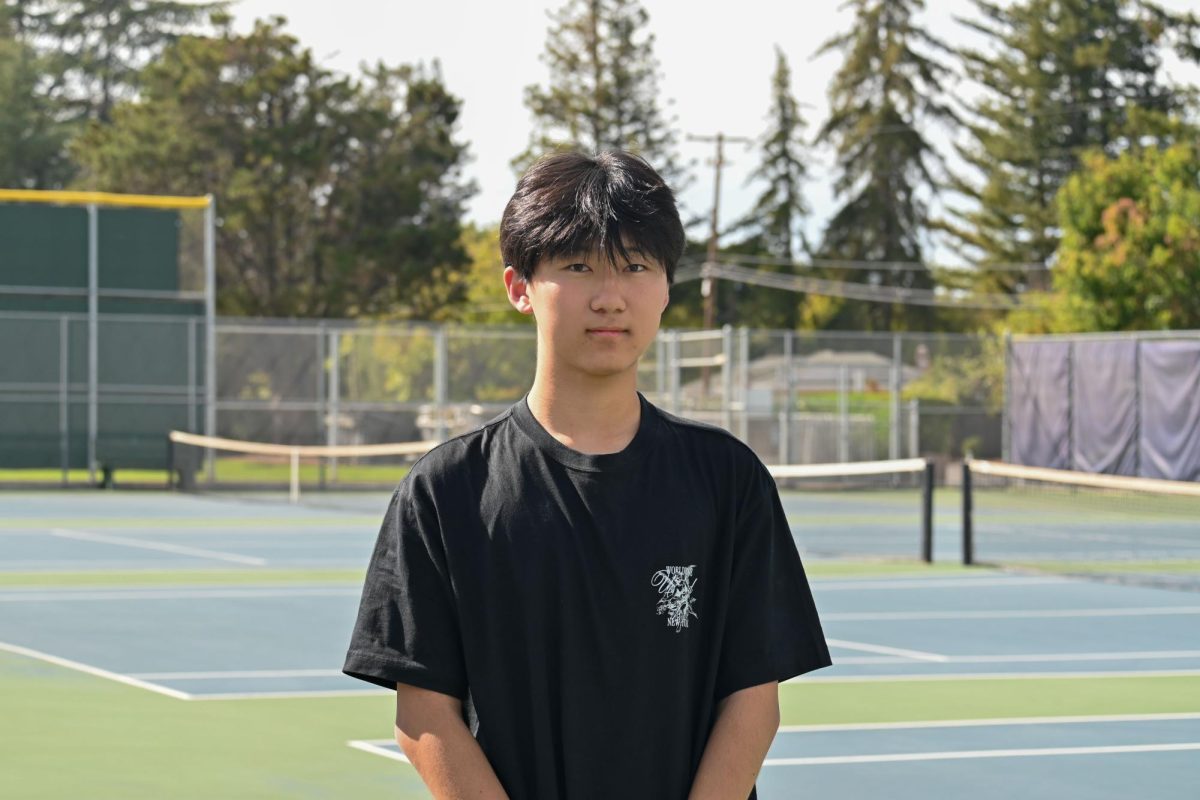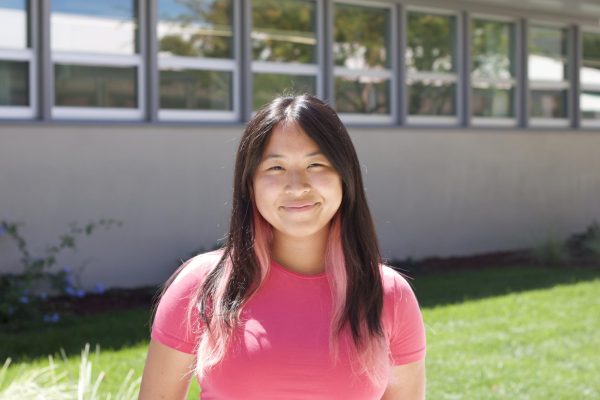As states pass laws restricting books, expression, and diversity education, a growing number of Gen Z students are taking the political climate of a state into serious consideration when building their college lists.
Hard no
For senior Julia Hayden Fung, the politics of a state played a defining role in her college search. Her choice to attend New York University was shaped by issues close to her: LGBTQ+ and reproductive rights.
“I only applied to schools in New York, California, and Massachusetts,” Julia said. “The fact that I wouldn’t have all the same rights in red states was a big deciding factor for where I applied. If I was in Texas and needed to get an abortion, or if I wanted to hang out with my girlfriend, I couldn’t — at least not safely.”
In Julia’s perspective, college isn’t just about the academic environment — it’s about recognizing and protecting one’s identities. Her concerns echoed those of many students who are vulnerable under current conservative legislation, particularly in Southern states.
Senior Nina Shkolnik echoed a similar sentiment, but her reasoning was different from Julia’s.
“I didn’t want to spend that much money funding a system that doesn’t support education about gay people, gender identity, or women’s healthcare and choices,” Nina said.
Despite their different views, both Julia and Nina rejected the idea that liberal college towns in conservative states are enough of a bubble to shield them from state policies.
“When I was applying to schools, I made a very conscious choice not to apply to any schools that were in red states,” Nina said.
Nina, who will be attending UC Santa Cruz to study computer science, said that for her, it wasn’t just about safety. It was about principle.
“If you truly stand for these values, then I think you can’t, in good faith, apply to schools in red states,” Nina said.
Choosing with caution
Senior Caley O’Horo considered the politics of her college decision — but ultimately decided to attend Florida State University (FSU).
“It was a toss-up,” Caley said. “College campuses are always going to be more liberal than the surrounding areas, but with everything going on — the book bans, anti-Roe v. Wade laws, diversity rollbacks — it was definitely something I thought about.”
Caley, who identifies as very liberal and is part of the LGBTQ+ community, felt more comfortable about attending FSU after researching some of their Diversity, Equity, and Inclusion (DEI) programs. She found that many DEI programs at FSU have simply been renamed to comply with new laws.
“It’s stupid that they have to do that, but I’d rather they find creative loopholes than just fold under the current administration,” Caley said.
Rather than writing off red states entirely, she looked into how institutions within them adapted to or resisted the current administration. To her, the subversive efforts of individual campuses mattered just as much as state politics.
Caley also hopes to be part of such efforts.
“I’m hoping I can help make a difference and support communities that aren’t being supported by the state,” Caley said. “I think you should always figure out what the school is doing. Even if it’s not obvious, many colleges in red states are pushing back in quiet ways. See if that aligns with your values.”
Like Caley, senior Sandy Xu approached college applications with caution while still considering schools in red states.
Local political narratives can also shape how students perceive other regions, often amplifying fears or reinforcing stereotypes. She initially committed to Purdue University in Indiana, a red state — but only after ruling out schools in Texas, Georgia, and Florida.
“Those states have been painted pretty poorly in terms of their environments,” Sandy said. “But maybe it’s partially the bias here in California and all the propaganda.”
Still, the rhetoric and headlines surrounding those states were enough to deter her from applying altogether. Indiana didn’t feel ideal, but it felt like a compromise.
“It’s a Republican state, but it’s less extreme,” Sandy said. “I feel like schools are generally more progressive or moderate than the state itself.”
The rural setting and lack of major urban hubs made her feel like the political climate might be less charged. But Purdue’s academic strengths ultimately won her desire for a more progressive environment.
“I committed for the academics,” Sandy said. “So at Purdue, I might focus more on research rather than trying to join activist clubs.”
However, she ultimately switched to the University of California, Santa Barbara, after getting off the waitlist.
“I’m thankful an option opened up for me that suits me in terms of academics for my major and allows me to remain in California,” Sandy said. “I feel more confident in participating in political groups or activities [in California].”
Like Caley, Sandy urges future applicants to look at each school’s nuance. Sandy still worries about the choice sometimes, wondering what would’ve happened if she’d picked the more liberal Olin College of Engineering in Massachusetts. Still, she’s entering college with eyes wide open.
“I wouldn’t want to get in a fight or an argument over politics,” Sandy said. “So unless I really know someone or feel safe, I’d keep my views a bit more private.”
Student who enjoys the contrast
When Jordan Rahmfeld, ‘24, committed to Rice University, one of the first reactions she got was: “Wait, isn’t that in Texas?”
“There was definitely implicit pressure from people around me to stay in California,” Rahmfeld said. “But honestly, they just didn’t have a full picture of what Texas really is.”
Now, a year into college, she has no regrets.
“Being in Texas — and in a culture I’m not familiar with — has made my college experience so much better,” Rahmfeld said.
Rahmfeld still leans strongly Democrat, but being around conservative classmates helped her think more deeply.
“There are a lot of dissenting voices that make me rethink everything — not just whether I should be a Democrat, but why I am a Democrat,” Rahmfeld said.
While politics weren’t the main factor in her college choice, she believes they shaped her thinking.
“I definitely had a blue state bias,” Rahmfeld said. “I grew up in a very Democratic household and city.”
Rahmfeld acknowledges that red states aren’t the right fit for everyone.
“If you’re in a group that could be directly harmed by certain laws — like if you’re transgender, or you think you may need reproductive healthcare — then Texas might not be a safe choice,” Rahmfeld said.
But for those with more flexibility, she encourages open-mindedness.
“Apply to schools in the South; apply to red states,” Rahmfeld said. “Don’t let the fact that a state is red keep you from applying. You learn so much from being around different perspectives.”
For Rahmfeld, ideological diversity is just as important as racial, gender, or socioeconomic diversity — and worth pursuing, even if it means discomfort.
Conclusion
For some students, politics aren’t just background noise — they’re part of the equation. Whether they choose to lean into, reject, or cautiously approach red states, their decisions reflect a range of personal priorities, with some factoring in state policies alongside academics and campus culture.
“You need to know what you’re stepping into — and if you’re ready for it,” Caley said.
“Everybody should consider politics,” Nina said. “The values at the core of that institution have to be something that you align with.”




